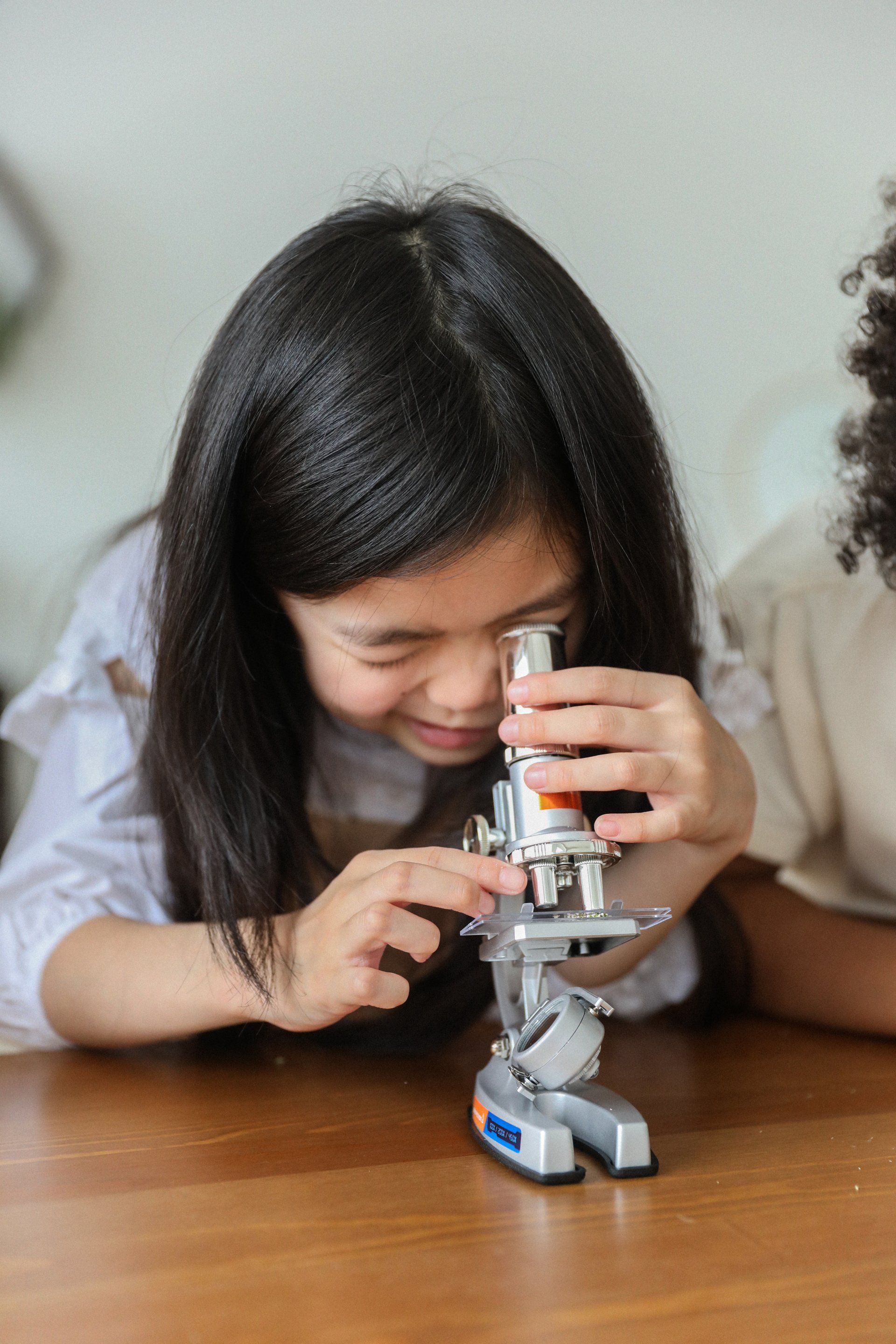"Essential Steps and a Comprehensive Checklist for Parents to Ensure a Seamless Integration of Your New Nanny into Your Home"

How to Prepare Your Home for a New Nanny: A Comprehensive Guide
Welcoming a new nanny into your home is an exciting yet challenging transition for both your family and the caregiver. A well-prepared environment can foster a positive relationship, ensure the safety of your children, and promote a smooth adjustment period. Here’s a detailed guide to help you prepare your home for a new nanny, along with a checklist to set clear expectations.
Understanding the Transition
Before diving into the practical aspects of preparing your home, it’s essential to acknowledge the emotional component of this transition. Your children will need time to adjust to a new caregiver, and open communication with your nanny will be crucial. Begin by discussing your family's routines, values, and expectations openly. This helps establish a foundation of trust and respect, which is pivotal for both the nanny and your children.
Preparing Your Home
1. Childproofing Your Space
Before your nanny arrives, ensure that your home is safe for your children:
- Secure Heavy Furniture: Anchor bookshelves and dressers to the wall to prevent tipping.
- Cover Electrical Outlets: Use safety covers to prevent curious little fingers from exploring.
- Lock Away Hazardous Items: Store cleaning supplies, medications, and sharp objects in cabinets with childproof locks.
- Remove Small Objects: Ensure small toys, coins, and other choking hazards are out of reach of younger children.
2. Creating a Nanny Space
Set up a dedicated area for your nanny to work:
- Comfortable Workstation: Provide a desk or table with adequate seating where your nanny can organize schedules and children's activities.
- Supplies and Resources: Stock age-appropriate books, toys, and educational materials that your nanny can use to engage your children.
- Emergency Contacts: Create a list of emergency contacts, including your number, other family members, and local emergency services. Keep this list in a visible area.
3. Establishing Routines
Consistency is key for children, especially during transitions. Work with your nanny to establish daily routines:
- Daily Schedule: Outline a typical day, including mealtimes, playtime, nap times, and educational activities.
- House Rules: Discuss and document any house rules, such as screen time limits, acceptable behavior, and chores.
4. Organizing Children’s Items
Make it easier for your nanny to manage your children's needs:
- Label Storage Bins: Use labels to identify toys, clothes, and books, making it simple for your nanny to find and return items.
- Create a Snack Station: Designate a spot in the kitchen for healthy snacks and drinks that your nanny can easily access.
- Prepare Meal Plans: If your nanny will be responsible for meals, consider preparing a weekly meal plan and stocking the pantry with essentials.
5. Communicating Expectations
Discuss your expectations clearly with your nanny:
- Daily Check-ins: Agree on a routine for daily updates, either through brief conversations or a shared journal.
- Behavior Management: Share your discipline approach and any strategies that work best for your children.
- Feedback Loop: Encourage open communication for feedback, allowing both parties to address concerns promptly.
Preparing Your Children
Don’t forget about your children’s transition during this time:
- Introduce the Nanny: If possible, have a meet-and-greet session where your children can get to know the nanny in a relaxed setting.
- Discuss Changes: Talk to your children about the new nanny and what they can expect, emphasizing the fun and learning opportunities ahead.
- Involve Them in the Process: Let your children help prepare their toys or set up their space, making them feel involved in the transition.
Checklist for Preparing for Your New Nanny
Home Safety
- secure heavy furniture.
- Cover electrical outlets.
- Lock away hazardous items.
- Remove small objects from reach.
Nanny Workspace
- Set up a comfortable workstation.
- Stock supplies and resources.
- Create a list of emergency contacts.
Routines and Rules
- Outline a daily schedule.
- [Document house rules.
Organization
- Label storage bins.
- Create a snack station.
- Prepare a weekly meal plan.
Communication
- Agree on daily check-ins.
- Share behavior management strategies.
- Establish a feedback loop.
Child Preparation
- Schedule a meet-and-greet.
- Discuss changes with your children.
- Involve children in the preparation process.
Conclusion
Preparing your home for a new nanny requires thoughtful planning and open communication. By following this guide, you can create a safe, organized, and welcoming environment that facilitates a smooth transition for your family. Remember, the goal is to foster a nurturing atmosphere where your children can thrive, and your nanny can feel valued and supported. With the right preparation and mindset, you can build a lasting partnership that benefits everyone involved.










